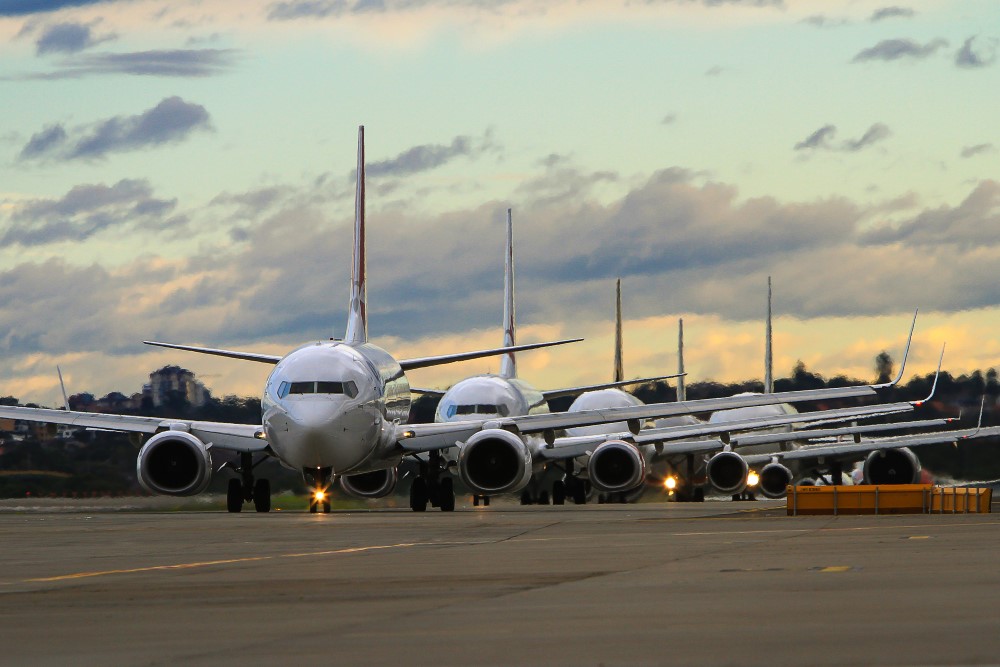Air transport traffic is expanding and it is projected to double by 2035. To put this into perspective, the research "The Italian airport system, protagonist of the socio-economic scenario of the country" was conducted by Censis on behalf of Assaeroporti on the occasion of the 50th anniversary of the organization.
Over the last ten years, air transport in Italy has registered a 21.8% growth. In 2016, the traffic in Italian airports exceeded 164 million passengers. The growth was 11.1% last year and 4.6% over the past 5 years. Current figures also show positive numbers, as there is a 6.6% growth of the air transport traffic in Italy in the first quarter of 2017.
The forecasts, based on numbers reported by Censis, speak of a doubling of the numbers by 2035. Numerically speaking, this means that the traffic will reach 311 million passengers.
The airport industry has a major impact on the economic cycle. Only in Italy it is worth 3.6% of the GDP, while in the world it is worth $260 billion and employs 2.6 million direct employees. According to Cassa Depositi e Prestiti, every 10% increase in air transport traffic generates a 4.7% increase in foreign investment.
The intercontinental gates of Fiumicino, Malpensa and Venice intercept 43% of passenger traffic. The 7 non-gated airports amount to 33% of the passengers. Micro-airports have collectively lost 14.7% of their traffic in the last five years.
“Airport infrastructure is important and strategic for tourism. The airports are in fact launching incentives for the development of other activities in the area such as tourism, operating as multipliers induced for hospitality, transportation, cultural and recreational services. An increase in airport connectivity of 10% is able to produce 0.5% GDP per capita,” Dorina Bianchi, Secretary of Tourism and member of the Popular Alternative party, said.

“Data from the Censis report show that in the Centre-North there is the highest concentration of airports and more traffic, especially international. Similarly, almost 80% of international tourist flow is concentrated in the Centre-North of the country. It is evident that there is a close link between the airport system and tourism development. With the Strategic Tourism Plan we intend to diversify supply, season variations and decongest the major cities of art and as a result, distribute the flow of tourists throughout the country. For this we must strengthen the system of airports and connect them with the surrounding area. Therefore, in light of the recent directive of the Ministry, it is necessary to focus on the South airport network, as was done in Puglia with great results. The development of the South is closely connected with tourism. The industry needs a good infrastructure network. This is the only way to ensure the economic development of this part of the country,” Bianchi concluded.